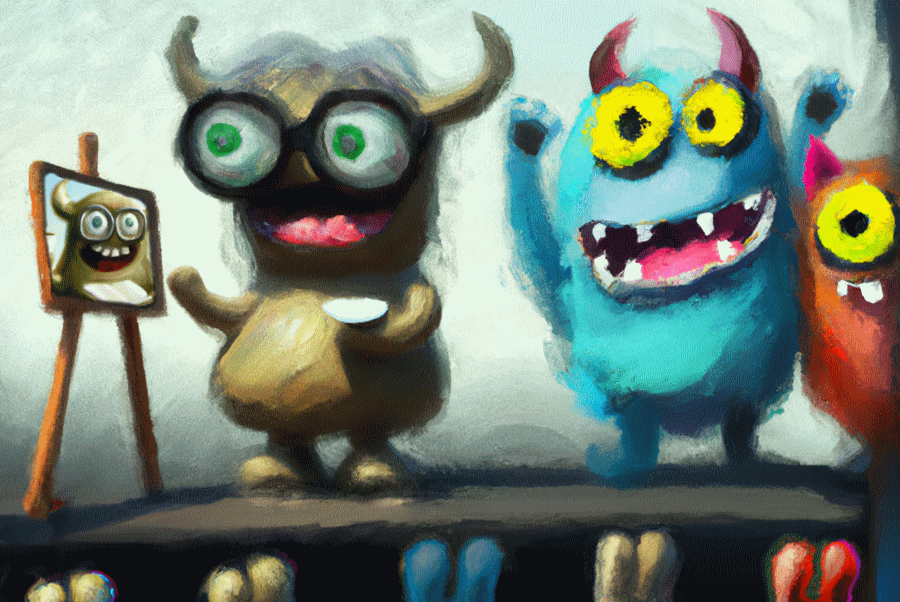I’m going to caveat this whole post by saying “the best case study I’ve ever seen” only came about because of a confluence of lucky chances, including: a prospective client who specifically requested the presentation of case studies as part of the pitch process, an agency who happened to have some impressive cases that felt custom-made for the prospective client’s needs, and an experienced team presenting the work.
At the time of this particular pitch, MIG had been tasked with helping a national, U.S.-based retailer find the right design agency to kickstart and lead a multi-agency store-of-the-future effort, a key piece of which was customer experience. In this wide-ranging search that involved agencies of many different types, from CX design to architecture to staffing, it ended up that our client, after the initial presentations, needed to see whether one finalist agency’s promises could be backed up with prior experience. They asked the agency to present several case studies in person by people who had expertise in the subject matter.
This last bit, where the cases were presented by people with expertise in the subject matter, was key in turning a few well-told case studies into my vote for “best ever.” Ideally, when presenting a case, you want to have folks in the room who are knowledgeable enough about the situation to dig into specifics and answer any questions raised. In this instance, each of the presenters chose a single case to present. Each person stood up, walked us through the story, and while they presented, showed a series of onscreen photographs of the process. What stood out was that each of the folks presenting were right there in the pictures – they were the ones meeting with the client at the retail location, working out logistics in a conference room, coming up with ideas as a team on a whiteboard. This simple detail gave instant credence to what the team was presenting.
As a result, the presentation of each case was fluid and conversational. The agency could dive into any detail, answer any question, and pivot on a dime, because they’d been involved with the projects they were talking about, and the client team knew it. The client could feel comfortable asking any question and were happy to take detours to cover the facets that were most relevant to their business. Rather than trotting out the agency’s “greatest hits” and glossing over stories that only agency leadership (or even past employees) could tell with authority, these presenters were sharing their own experiences – pitfalls, challenges, solutions and all – and the client could rest assured that they were going to get truly experienced talent on their team.

As I stated up front, getting these stars to align is no easy feat. Superstar talent won’t be involved in every pitch, and we recommend against including only top leadership in pitches – clients invariably want to hear from the team that’ll be working on their account. Even so, what this successful example points to is the need for presenters to be well informed. They should know every detail about a case study, and if they didn’t directly work on the project, they might want to catch up with someone who did. Learning the story from the folks who lived it allows a presenter to know all the ins and outs, beyond merely what the agency did and the results. What were the challenges the agency was faced with? What was the client trying to do? What were those early brainstorming conversations like? What was the “a ha” moment that got the agency from the research to the insight that would drive the work? How did the team overcome client discomfort or pushback? Those little details are what clients want to hear about anyway. Giving them the behind-the-scenes turns and twists makes a case study into a case story and gives greater confidence that the agency can work that type of magic again.
Steve Boehler, founder, and partner at Mercer Island Group has led consulting teams on behalf of clients as diverse as Zillow Group, Microsoft, UScellular, Nintendo, Ulta Beauty, Stop & Shop, Qualcomm, Brooks Running, and numerous others. He founded MIG after serving as a division president in a Fortune 100 when he was only 32. Earlier in his career, Steve cut his teeth with a decade in Brand Management at Procter & Gamble, leading brands like Tide, Pringles, and Jif.
